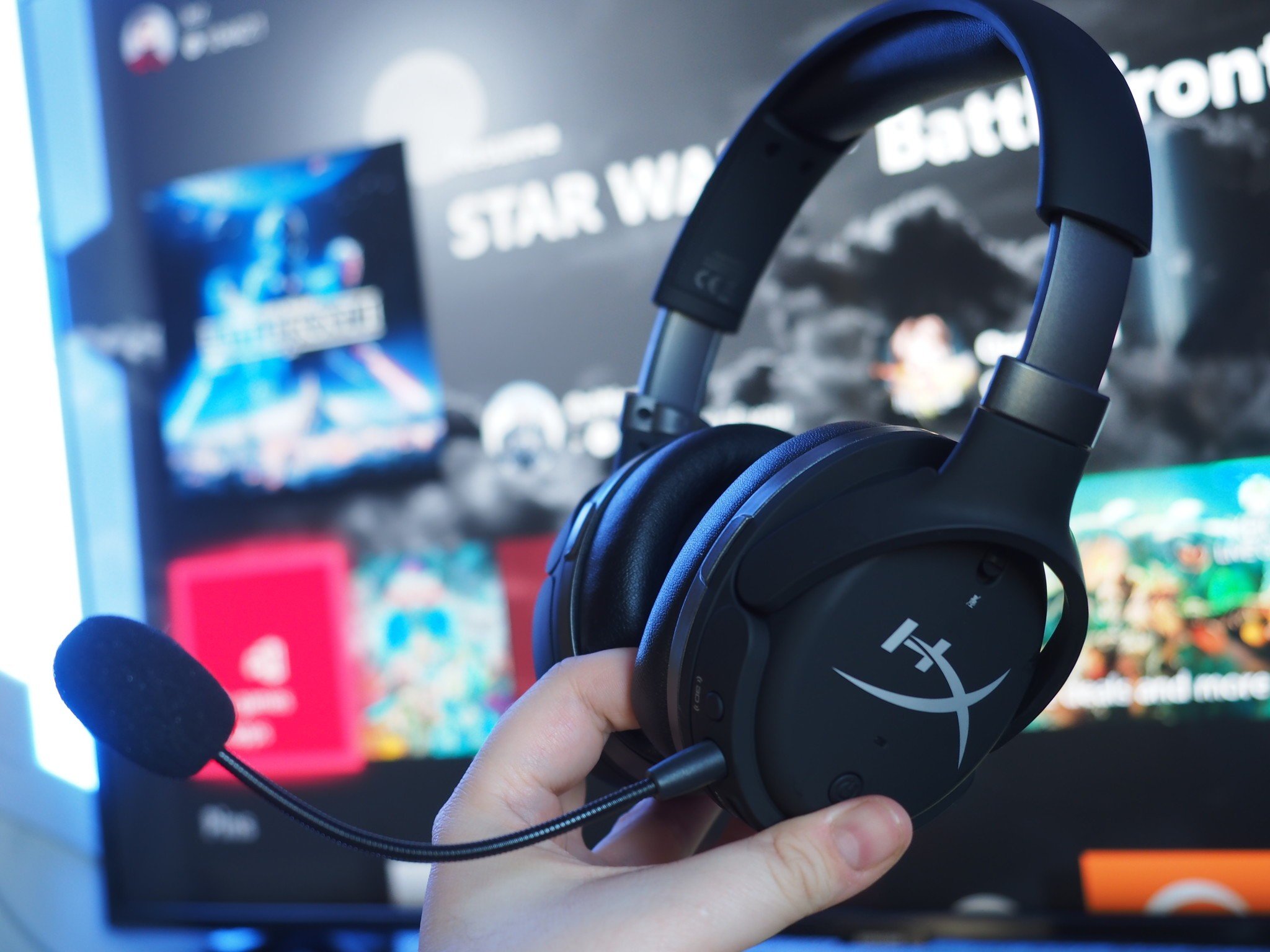HyperX makes tons of great products, and one of the most popular gaming headsets in recent times in the form of the HyperX Cloud series. The airy, lightweight, and affordable headset defies its price point with high-quality audio and materials, which is why I was particularly excited to see HyperX ascend up to the high-end with the HyperX Cloud Orbit S.
This wired headset costs an astronomical $300, so my expectations were relatively high. Does the Cloud Orbit S meet those expectations? As usual, the answer is a bit more complex.

$300Bottom line: The absolutely incredible audio offered by the Cloud Orbit is held back with its claustrophobic design, but for those who want a tactical edge, it'll be worth it.
Pros
- Absolutely insane 3D sound processing
- High-quality materials
- Subtle, sleek design
Cons
- Quite bulky and tight-fitting
- Huge price tag
What you'll love about the HyperX Cloud Orbit S
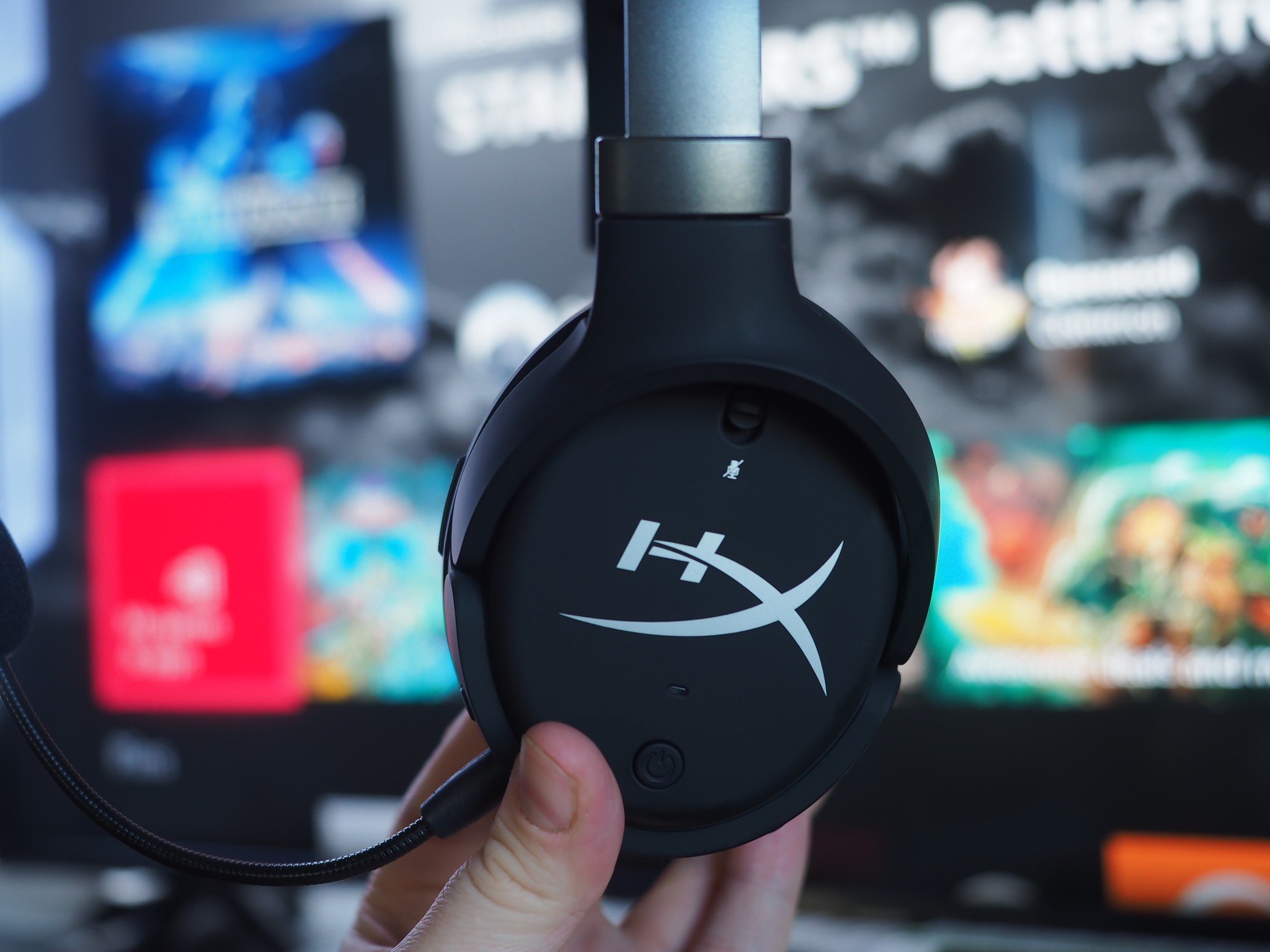
Everything that justifies the Cloud Orbit's price tag lies on the inside, rather than the outside. HyperX crammed this thing with advanced features that really do feel a bit like peering into the future. AudezeTM planar magnetic drivers meet Waves NxTM sound processing, which tracks your head movements to maintain positional audio awareness. In terms of accuracy, this is far beyond any other virtual 7.1 surround headset I've used, making it seem futuristic.
| Category | Spec |
|---|---|
| Speakers | AudezeTM planar 100m magnetic drivers |
| Features | Waves NxTM 3D sound, on-ear controls, mic-monitoring |
| Included | 3.5mm braided cable, USB-C braided cable, USB-A braided cable, detachable boom mic |
| Compatibility | PC, Nintendo Switch, and PS4 via USB. Xbox One, mobile devices via 3.5mm |
| Frequency response | 10Hz – 50,000Hz |
| Weight | 368g |
| Price | $300 |
The Cloud Orbit's full power is unleashed on PC, where you'll get full support for 7.1 sound. On Xbox, however, you're limited to stereo or a software surround solution like Dolby Atmos, which still offers a compelling 3D experience, albeit lessened. The AudezeTM planar 100m drivers are utterly incredible, offering a whole new dimension of channel separation and clarity. It's hard to put into words just how much of a step up this headset is in terms of sound quality, but in terms of positional clarity, it felt very much like physically being inside the game. They really elevated the experience in a busy multiplayer combat game like Mordhau, where you can have anywhere between five and twenty enemies surrounding you at any one time. You won't get snuck up on while wearing this headset.
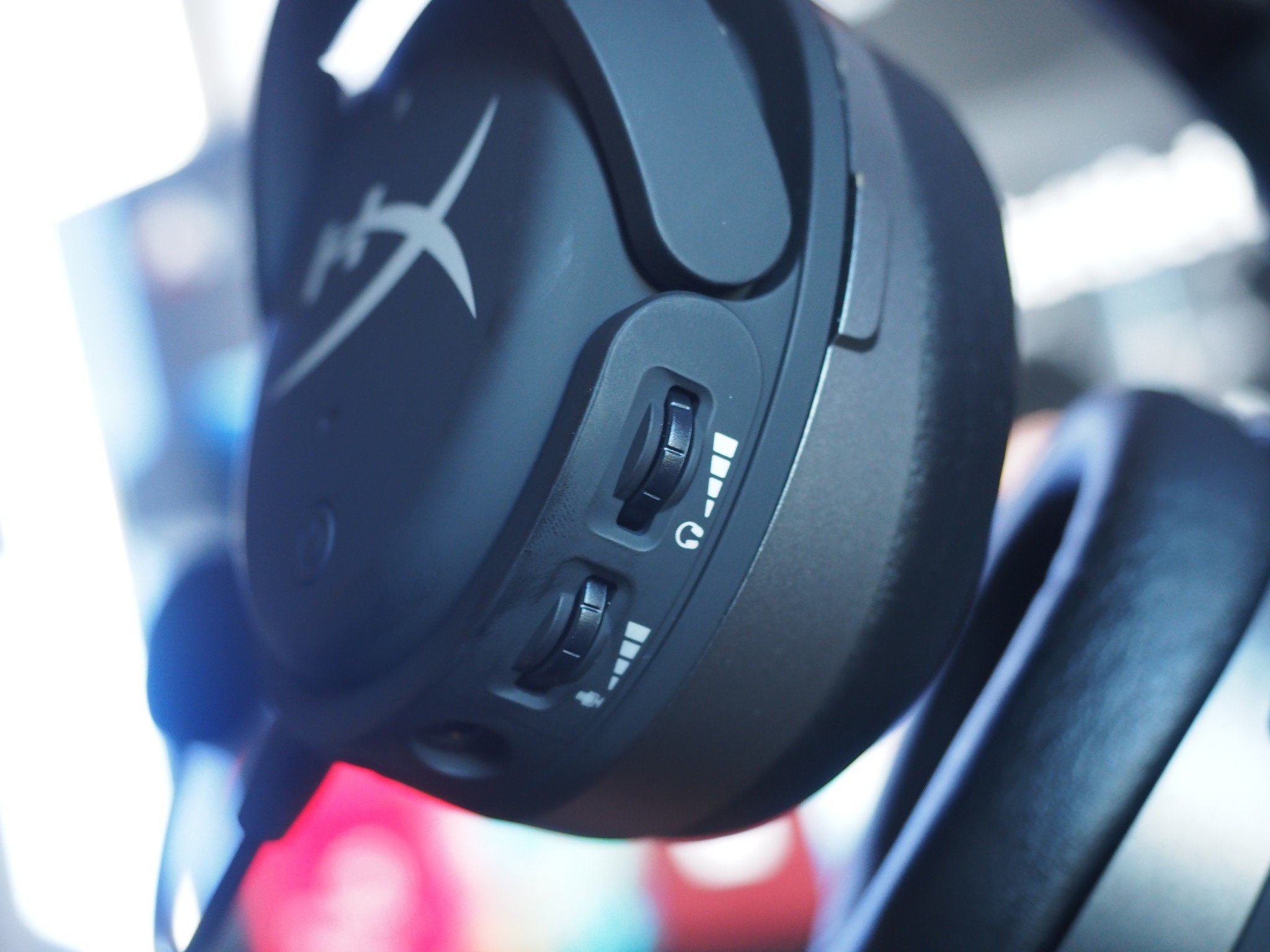
The outward design of the Cloud Orbit is also very nice, with soft matte plastics that clearly represent high-quality. The on-ear controls are convenient as well, offering quick access to mix voice chat and game sound, with an on-ear mute switch. The left cup also has a button to center the position of your head while facing your PC or TV, so that it knows where to reposition the sound if you're moving your head. It's a vivid experience. The microphone is also very good, rounding-out the experience with mic monitoring feedback, so you can hear yourself speaking.
The price tag on this thing, however, really does create a question of value for money. HyperX generally nails comfort with some of its other headsets, which is why I found it a bit odd that this $300 product fell short of some of its far cheaper brethren in this department.
What you may dislike about the HyperX Cloud Orbit

If you have a smaller head this probably won't be an issue for you whatsoever, but I found the Cloud Orbit to be incredibly tight-fitting, with very miserly amounts of foam across the top headband. After a short while, I found the top of my head hurting, and the only adjustments I could make made the headset fit incorrectly against my ears. I generally don't have any sorts of issues with headset fitting across the dozens of products I've tested, so I found it to be anomalous that HyperX, known for comfort, would drop the ball so hard on a $300 unit. Everyone's head shape is different, though, and you may not have any issues.
All the latest news, reviews, and guides for Windows and Xbox diehards.
I also found the chambers to be incredibly claustrophobic on the ears, getting warm and clammy relatively quickly despite it being pretty cold where I am. I appreciate that HyperX probably wanted to create an isolating, and thus immersive experience atop the 3D audio (and in that, they succeeded), but if you prefer a more breathable earcup from your headset, this ain't it. You can rest assured that this headset won't leak your audio to those around you, though.
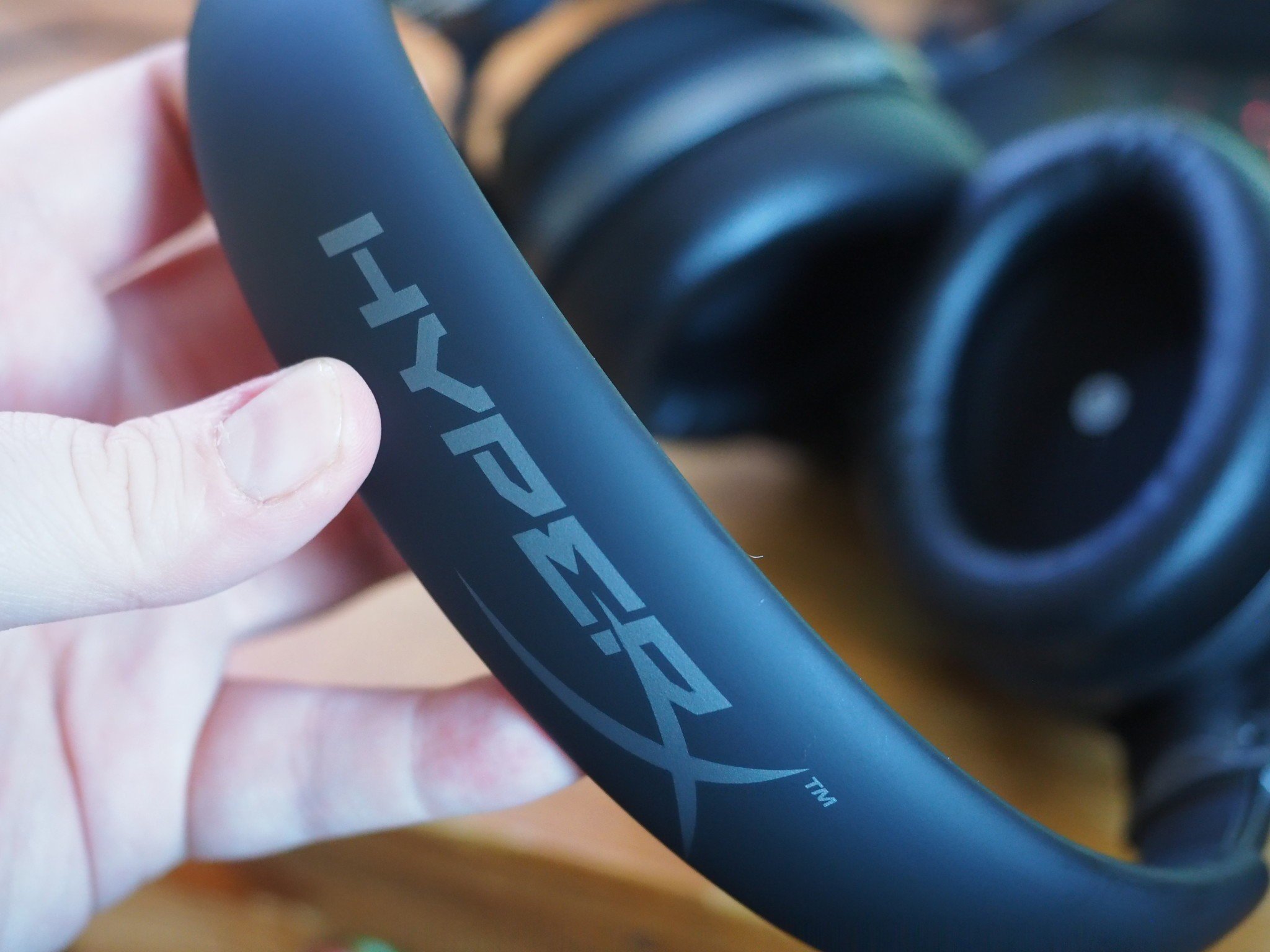
Finally, the configuration app that HyperX has shipped with this headset only worked once, and then simply wouldn't open for me any longer. I tried reinstalling it, I tried running it as an administrator, in compatibility mode, and so on. But it wouldn't open no matter what I tried. Theoretically, you can customize the headset in finer detail using the app, but I was unable to test it as of writing.
Should you buy the HyperX Cloud Orbit S?
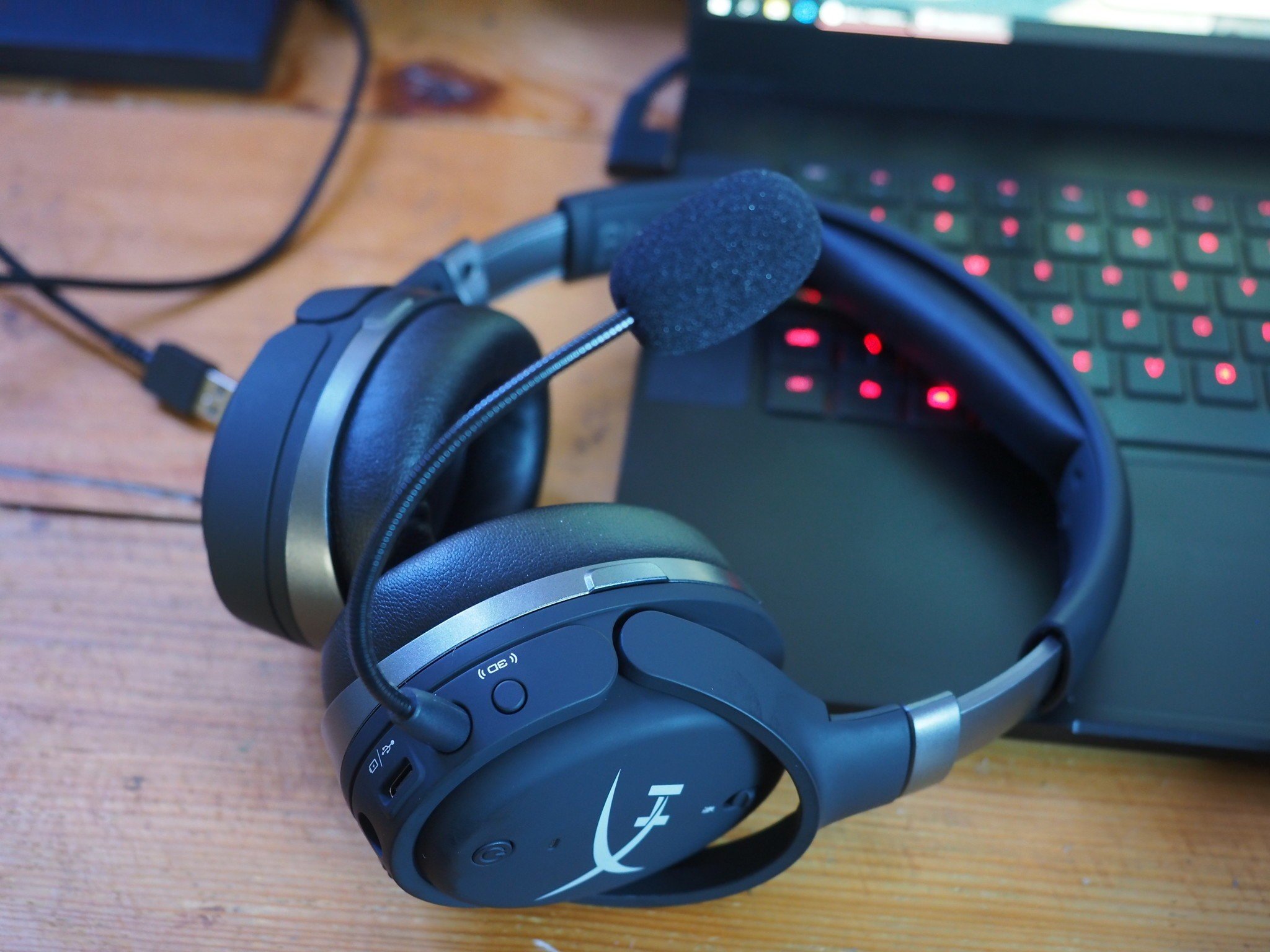
The Cloud Orbit S leverages Audeze's tech nicely to create a futuristic sound that will probably become more commonplace in years to come. In terms of tactical awareness, this is quite easily among the best gaming headsets you can buy right now, with ridiculous separation and directional sound, helping you pinpoint sneaky footsteps and other enemy tells.
For a $300 headset though, you would have hoped that HyperX could have gotten its 7.1 features running on consoles as well as PC. It's also not the most comfortable headset out there, at least for me. If you opt for looser-fitting headsets, you may want to be aware of that fact.
I certainly hope this isn't the last we've seen of the Audeze drivers and Waves 3D sound in a product like this, but I think the price needs to come down quite a substantial amount for it to proliferate. If you have cash to burn, and want a definitive tactical edge, this might be your ideal headset.

Jez Corden is the Executive Editor at Windows Central, focusing primarily on all things Xbox and gaming. Jez is known for breaking exclusive news and analysis as relates to the Microsoft ecosystem while being powered by tea. Follow on Twitter (X) and tune in to the XB2 Podcast, all about, you guessed it, Xbox!
